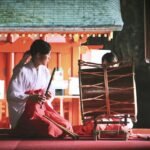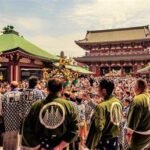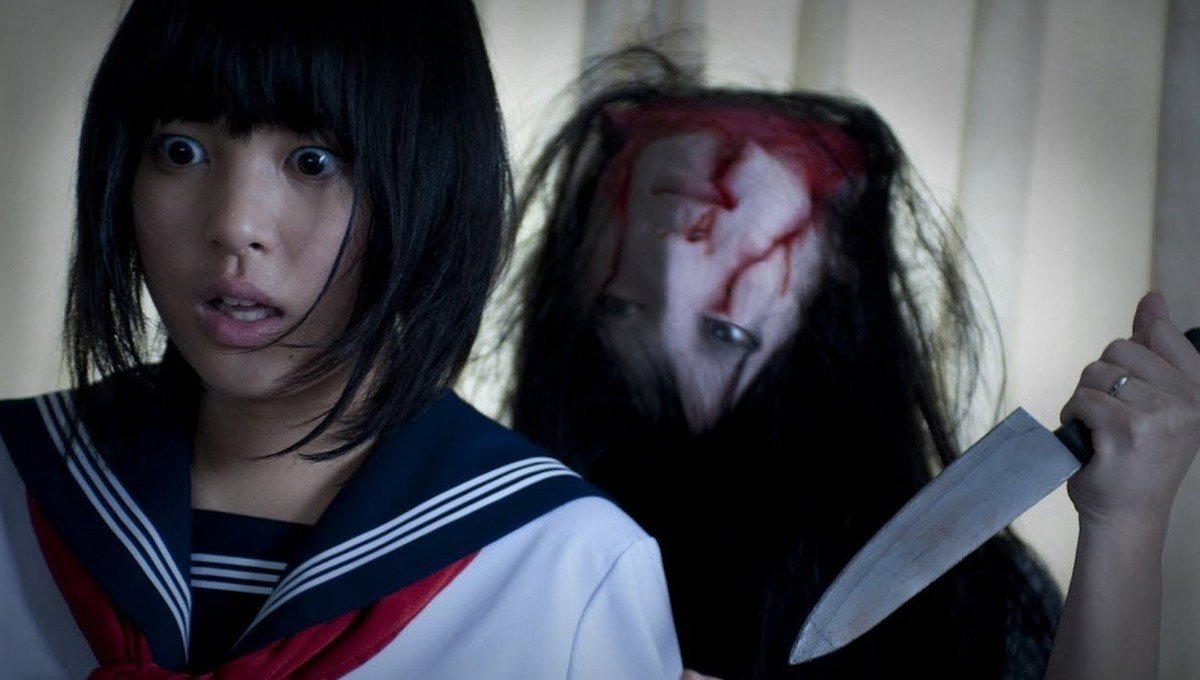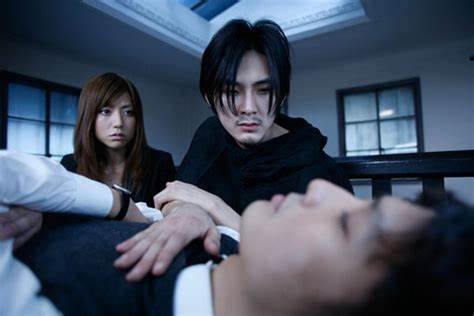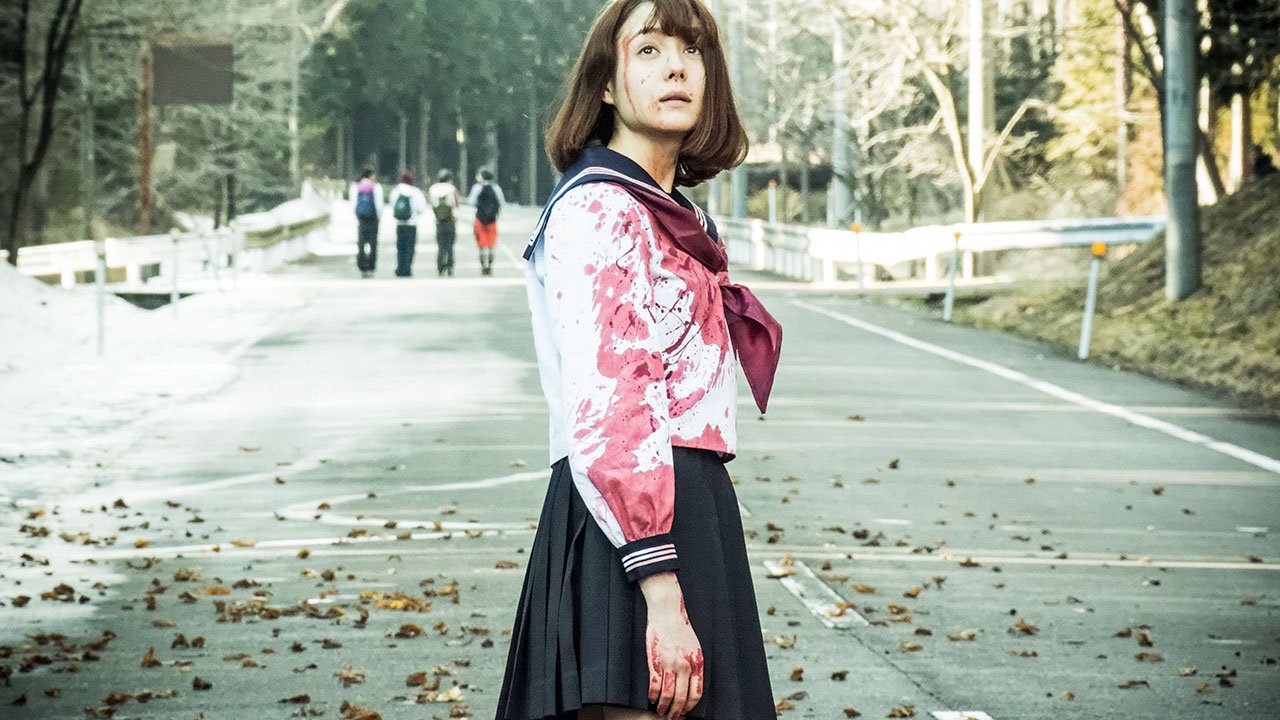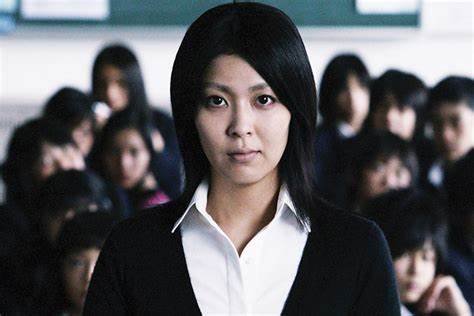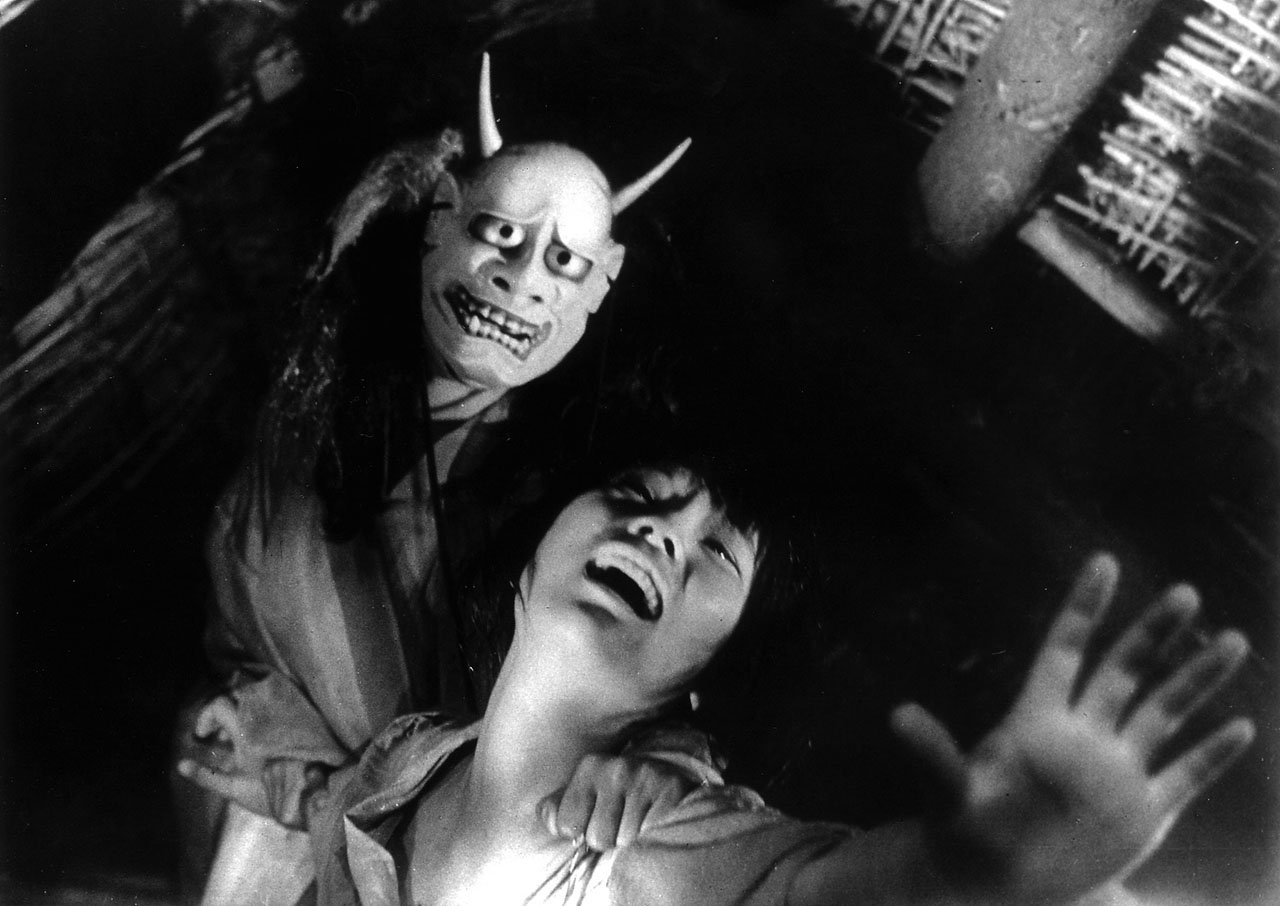Japanese horror films have earned a distinct reputation in the genre for their unique approach to fear and storytelling. While Western horror films often focus on gore, jump scares, and monsters, Japanese horror tends to explore more psychological and supernatural elements. This article examines how Japanese horror films differ from their Western counterparts, highlighting key distinctions in themes, storytelling, and cultural influences.
Cultural and Supernatural Elements
Japanese horror films often draw from traditional folklore, mythology, and spiritual beliefs, creating a distinct atmosphere of dread rooted in cultural context. Stories frequently feature vengeful spirits, haunted locations, and supernatural phenomena tied to historical and cultural narratives. For example, films like Ringu and Ju-on: The Grudge are deeply embedded in Japanese ghost lore, reflecting fears and beliefs specific to Japanese culture.
In contrast, Western horror films often focus on universally recognizable fears, such as serial killers, monsters, and apocalyptic scenarios. While they do incorporate supernatural elements, these are usually framed within a more familiar or Western-centric context, such as haunted houses or demonic possession.
Psychological vs. Physical Horror
Japanese horror tends to emphasize psychological terror and atmospheric dread rather than overt physical violence. Films like The Ring and Audition create a sense of unease through their slow-building tension, unsettling imagery, and exploration of psychological trauma. The horror often emerges from the unknown or the unexplainable, creating an atmosphere of lingering fear that sticks with viewers.
Western horror films, on the other hand, often employ graphic violence and explicit scares to shock and horrify audiences. Movies such as Saw and The Texas Chainsaw Massacre use physical gore and jump scares to evoke immediate reactions. This approach creates a different type of fear, one that is more visceral and immediate.
Narrative Structure and Storytelling
Japanese horror films frequently use non-linear narratives and ambiguous endings to enhance their sense of mystery and dread. The storytelling often involves fragmented or shifting perspectives, leaving room for interpretation and uncertainty. Films like Noroi and Kairo use found footage and unconventional storytelling techniques to immerse viewers in a disorienting and haunting experience.
Western horror films often follow more straightforward narrative structures with clear resolutions or conclusions. While some Western horror films do explore ambiguity and complex storytelling, many adhere to familiar tropes and patterns, providing audiences with a more predictable and conventional horror experience.
Emotional and Psychological Themes
Japanese horror films often delve into deep emotional and psychological themes, exploring human fears and anxieties in profound ways. Themes such as isolation, grief, and existential dread are common, and the horror often reflects deeper psychological issues. For instance, The Grudge deals with the cycle of vengeance and the emotional trauma of loss.
Western horror films frequently focus on more immediate and external threats, such as monsters, killers, or supernatural forces. While they may touch on psychological themes, the emphasis is often on the physical confrontation with these threats rather than exploring the internal fears and anxieties of the characters.
Visual and Atmospheric Techniques
The visual style of Japanese horror films often emphasizes subtlety and suggestion, creating a haunting atmosphere through minimalistic and eerie visuals. The use of naturalistic settings, muted colors, and long, lingering shots contributes to the sense of dread. Films like Dark Water and The Ring use atmospheric techniques to build suspense and unease.
Western horror films often use more overt visual techniques, such as dramatic lighting, fast-paced editing, and graphic effects, to create a sense of horror. The emphasis on spectacle and shock value is more pronounced, with a focus on creating visually striking and memorable scares.
Characterization and Emotional Depth
In Japanese horror, characters are often portrayed with greater emotional depth and complexity. The psychological and emotional states of characters are central to the narrative, and their personal traumas and fears drive the story. Films like Audition and The Tale of the Princess Kaguya explore characters’ inner struggles and vulnerabilities, adding layers of emotional resonance to the horror.
Western horror films, while also featuring complex characters, often focus more on archetypes and dramatic tension. The emphasis is frequently on the external threats and the characters’ responses to them, rather than on exploring their inner emotional landscapes.
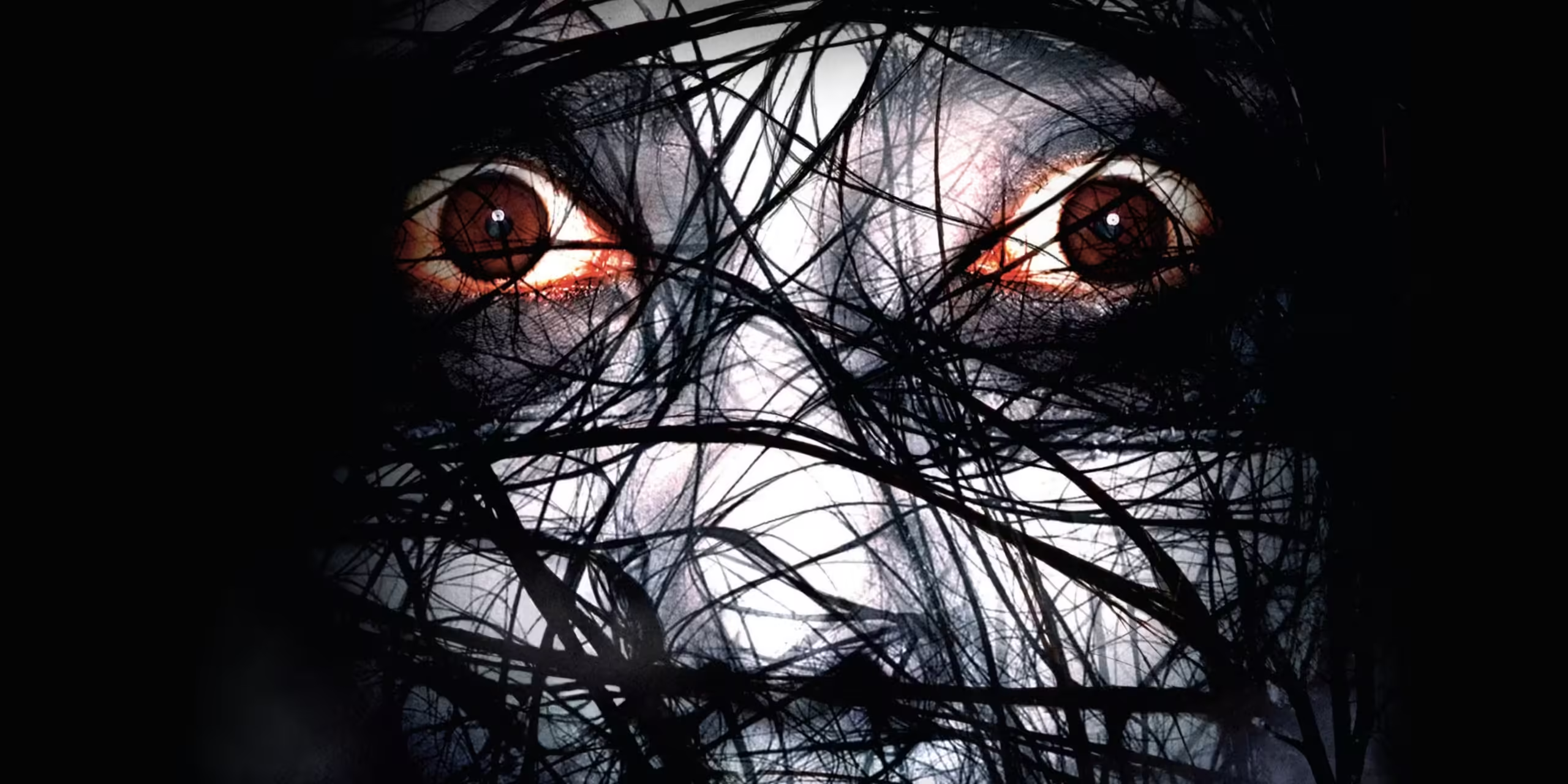
Conclusion
Japanese horror films offer a distinct approach to the genre, characterized by their focus on psychological terror, cultural elements, and atmospheric storytelling. While Western horror often relies on physical violence and shock tactics, Japanese horror delves into deeper emotional and supernatural themes, creating a unique and unsettling experience. By understanding these differences, audiences can appreciate the diverse ways in which horror can be explored and experienced across cultures.


